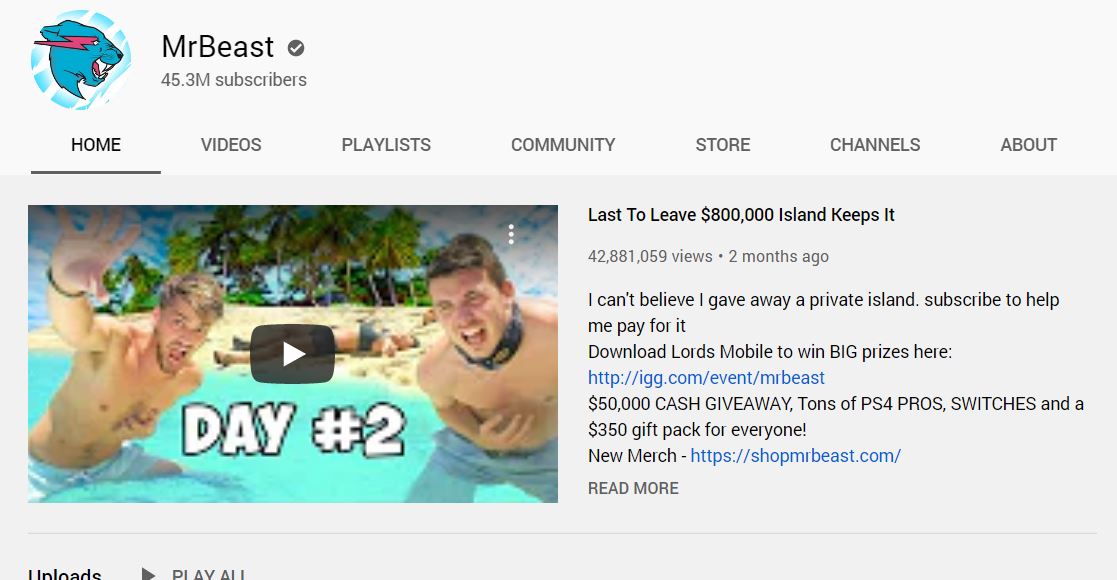News October 23, 2020
5 Methods to Market (Smartly) to Gen Z
Appealing to the youngest generation requires marketers to be genuine, creative and savvy with social media.
Generation Z, typically defined as those born between 1996 and 2010, is shaping up to be one of the most educated, diverse and politically active generations the United States has ever seen. A boisterous “national youth” is nothing new, but the methods by which they communicate and express themselves is. No other age demographic spends more time on the internet than Gen Z, and no other generation has had the kind of early exposure to online media systems as Generation Z. As Gen Z enters the cultural sphere and the workforce, it’s important to note their distinctive marketing preferences. As radio and broadcast television barely pick up any attention from the public youth, online independent creators/channels and print media have picked up steam in national popularity. The race to win over the hearts and wallets of young people via mass-marketing is on, so here are five ways to reach America’s youngest generation.

1. (New) Print Media
An unexpected, but clever scheme for garnering attention is by using print media and news articles as a route to advertising. Young people rarely have the time or willingness to tune into the 6 o’clock news, but they do have almost unlimited access to recent events via different news media. Ads placed on sites like Reuters, Vox, Politico and more see huge amounts of traffic, and considering the past year, news networks will only continue to grow digitally.
2. Self-Aware Advertising
Many old-world marketing strategies have become increasingly obsolete for communicating with younger people. That includes ads in-between TV programs or long, unskippable ads that pervade YouTube and other social media platforms. By contrast, short, skippable advertisements make inroads toward revitalizing a stale format. Something that comes to mind is an ad for eco-friendly laundry brand Dropps. Dubbed “The Naked Truth,” the ad shows the company’s CEO sitting in a bathtub naked, while casually presenting his pitch. The blunt hilarity of this proposition is extremely memorable and very appealing.
3. Long-Form Sponsorships
One of the most effective forms of modern marketing is sponsoring products through independent creators. This is different than TV ads or infomercials because by sponsoring entertainers on platforms like YouTube, TikTok and Instagram, you’re establishing a more direct connection with viewers. Viewers innately trust independent creators, whereas they have a degree of separation from Big Entertainment and “corporate interests.” Independent creators’ close and intimate contact with their viewership is invaluable to sponsors, who can attach their products to that creator to garner trust from online communities. Take MrBeast, for example. An incredibly active YouTuber with over 60 million subscribers, MrBeast’s endorsements give you a sweeping audience of young consumers.

4. Hidden/Subtle
Marketing in General Media Sometimes, out of sight doesn’t necessarily mean out of mind. General marketing catches a lot of flak for appearing in big-budget films and TV, mostly because the product placement is so obvious. Mark Wahlberg putting a stop to the action of the film to grab a beer off the ground – and drinking it rather dramatically – leaves a bad taste in the mouth of viewers. We see that there was an effort to sell us something. This is bad marketing. Large-scale advertisements are still possible, however. Planting the seed of a product in the minds of the audience should come through subtlety. An example would be Eggo waffles in the hit Netflix series, Stranger Things. We see the product, but not the effort put into making us want to buy it.
5. Interaction with Online Communities
Sometimes, keeping it simple pays off. Personalized content is becoming increasingly specific and specialized in the digital age. While appealing to your audience’s niche desires is nothing new, firmly establishing a product within an online community is fresh. For example, merchandise designed by a company and promoter by a TV network or online creator – it’s specific, and very appealing to a smaller demographic. Another great instance of this would be corporations participating in the larger social media ecosystem. Not only do these companies have a more direct line of communication to consumers, but also, social media managers can bring a lot of extra attention to their platforms through witty remarks, jokes and responses.
